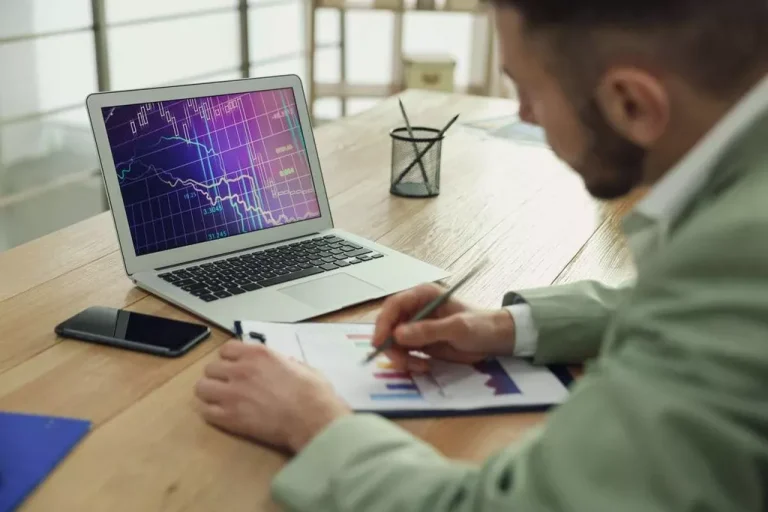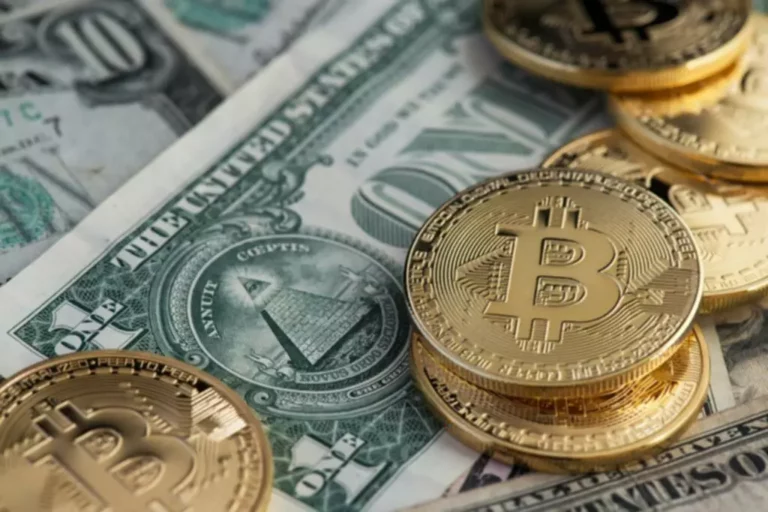Blockchain Wallet: What It Is, How It Works, Security
Content
Positive https://www.xcritical.com/ changes in market value allow you to make money when you sell it for more than you purchased it for. However, no matter how it is used, there is still a genuine risk of losing significant amounts of capital. Directly investing in Bitcoin involves the risk of losing significant amounts of capital. As some investors discovered when crypto exchange FTX collapsed, it’s best to never invest more than you can afford to lose.

For Additional Security, Consider Multi-Signature Wallets
- The first is full-node wallets, which download and store the entire blockchain.
- Cryptocurrency goes through probate like other assets before going to beneficiaries.
- Therefore, let’s explore how you can strengthen your protection and ensure your funds remain safe.
- Many mobile wallets also come equipped with advanced security features, such as biometric authentication (like fingerprint or face recognition) and encryption, which help keep your assets secure.
- Let’s also explore critical factors to consider, along with some practical tips to help you get started.
When you click “Send,” you choose the cryptocurrency you want to send, enter the recipient’s address, choose the amount, and send it, much like sending money through PayPal. Once you receive the friend’s public key, you’ll be able to make that transaction, from your own wallet. This transaction will be easily provable, too, since it will be recorded on the blockchain, where anyone will be able to view it, at any Stockbroker point in time.

How to choose the best crypto wallet
This could be a removable USB drive or a piece of paper with your keys written on it (this is called a paper wallet). Deep how do crypto wallets make money cold storage is any cold storage method that is secured somewhere that requires additional steps to access the keys beyond removing a USB drive from your desk drawer and plugging it in. Examples might be a personal safe or storage deposit box—anything that takes extra effort to retrieve your keys. You can think of the public and private keys like an email address (public key) and password (private key) used to access your funds.
What is the difference between a crypto exchange and a brokerage?
However, you enter your private pin directly onto the device, making it virtually impossible for a hacker to access your keys. Desktop wallets are to be downloaded to a specific laptop or computer and they can only be accessed from that particular device. Generally speaking, they offer a good combination of security and convenience. However, it is important to remember that if a hacker were able to remotely get hold of your device, they could gain access to your wallet. To get a better understanding of this relationship, think about walking into a store and paying for goods using a debit or credit card.

There are a number of things that you can do to protect yourself from the above threats. Firstly, you should always make sure your device is using the latest software. As hackers find new methods, they are able to override the inbuilt safety controls, so by updating your software, you will always have the highest level of security. The device is never connected to the internet unless you need to transfer funds.
If you have read my guide so far, you should now have a good understanding of what a cryptocurrency wallet is and how public and private keys are linked to a public wallet address. However, you might remember earlier that I said the coins aren’t actually physically stored in the wallet? Blockchain works with a public key infrastructure model for cryptography. A public key and private key are only supposed to be known by users that hold a given asset or cryptocurrency. Just as a private personal identification number is used to access a bank account with a bank card, a private key is needed to access the asset on a blockchain.
First, because you are the only one who has access to your private keys, non-custodial wallets are much more secure than custodial wallets. If a non-custodial wallet is hacked, your crypto is safe because the hacker does not have your private keys. With a non-custodial wallet, you are the only one who has access to your private keys.
It is called a wallet because it is used similarly to a wallet you put cash and cards in. Instead of holding these physical items, it stores the passkeys you use to sign for your cryptocurrency transactions and provides the interface that lets you access your crypto. Moreover, if you’re a frequent trader, versatility and convenience are key. The more types of cryptocurrency wallets you explore, the more you’ll see how the wallet features can impact your trading experience. So, if you ever lose access to your device, this is the only way to recover your wallet. That’s why it’s recommended to store your recovery seed in a secure, offline location to ensure you can retrieve access to your assets.
When this was done, malware was installed that stole their funds the next time they logged into their desktop wallets. Such events can be avoided by retaining the official version of the software or only downloading updates from the official website. Custodial wallets can be appropriate for the average crypto investor whose digital assets make up a small percentage of an overall portfolio. It also makes sense if you do not trust in your ability to store crypto. Having a custodial wallet involves opening an account with a third party. You use a username, password and typically a two-tier verification system like a personal-identification number or randomized authentication code.
They come in several varieties, and they can be either physical devices, software programs or online services. With a traditional bank, users receive bank accounts with account numbers. With a cryptocurrency blockchain, the public key serves the same basic concept as the bank account number. Simply having a bank account number or a public key isn’t enough to conduct a full set of transactions with an account.
Once validated, miners or validators confirm the transaction and add it to the blockchain. A mnemonic seed is a random string of English words that function similarly to a password. If you lose access to your phone or device, the seed can be used to restore the wallet, including any cryptocurrencies. Blockchain.com wallets and accounts require passwords for user protection. You’re also able to login using your 12 word mnemonic phrase, but the exchange doesn’t store this for you.
While you may download the crypto wallet companies software or service, only you have access to your private keys. These types of wallets are more private and secure, the third-party provider can’t shut down your account and you can easily recover your funds if something happens to the wallet provider. Desktop, mobile or web-based applications, these wallets require an internet connection and are both more accessible but also more prone to hacking than cold wallets. These wallets are installed on a desktop or laptop computer and can access your cryptocurrency, make transactions, display your balance, and much more.
Users can also easily link link a bank account to make instant purchases and verify one’s identity to increase spending limits or send and receive crypto. Instead of share price, these wallets show the number of digital assets held and the portfolio value. The downside is that, since they’re connected to the internet, they’re vulnerable to hacks. Just like keeping fiat money in a wallet, you’ll need a tool to store your bitcoin, ether, and other coins and tokens. The crypto wallet keeps track of how much cryptocurrency you have and lets you send and receive digital assets. Essentially, each individual cryptocurrency wallet address (remember, no two addresses can be the same) each have a unique private and public key.
The brand has been around for quite some time now, and offers two great wallet options to its customers – the Model One, and the Model T. This includes all of the previous transactions that the particular wallet address has made (both sent and received), including the amount and the other addresses involved in the transaction. If you have read my guide up to this point, you might remember how I mentioned that the blockchain protocol is pseudonymous, not anonymous. This means that although your wallet address does not contain your name, people still have access to lots of other information.
Since mobile wallets are stored on your phone, they can be vulnerable if your device gets lost or stolen. In addition to storing cryptocurrency, mobile wallets can often hold a variety of other payment information, like credit or debit card details, loyalty cards, and more. Some even use technologies like Near Field Communication (NFC), enabling you to make contactless payments with a simple tap of your phone. Moving on, let’s explore desktop wallets, which offer more security than the aforementioned ones. These are software applications that you download and install on your personal computer.

